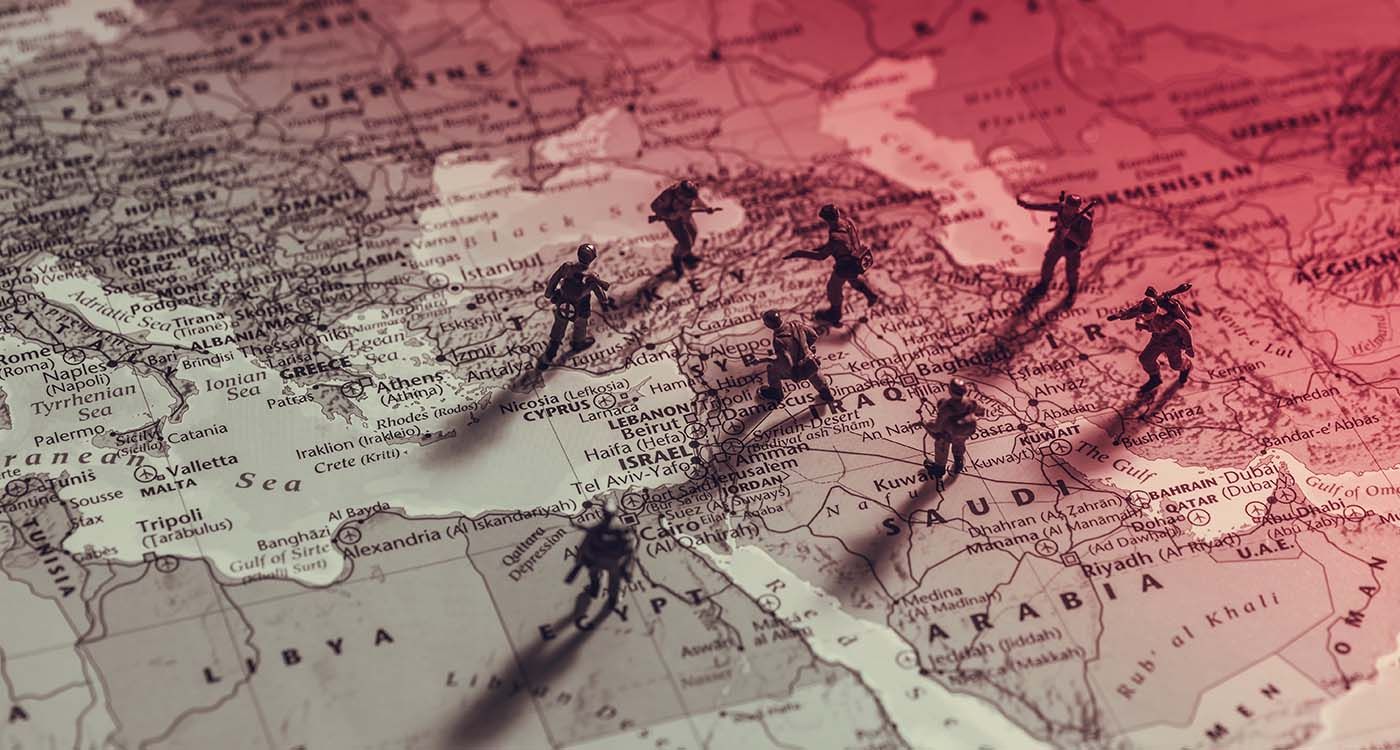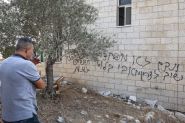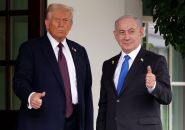- Home
- Middle East
- Dilemmas of Security

©This is Beirut
Lebanon is in a state of open warfare with no signs of abating. Dynamics are multipronged and resourced through coalescing conflicts. The prevalent stasis seems to thrive in the absence of working state institutions, the lack of national consensus, the abiding influence of the Iranian regime, and the ideological enthrallment that dominates the overwhelming majority of the Shiite community. The truce negotiations are taking place under the unreeling violence, the US political arbitration, and the strategic foreclosures set by the mutating objectives of the ongoing wars and their incidence on political settlement and peace prospects. The typical equivocations of the Iranian regime run their course between contradictory statements related to negotiated truce undermined by sustained military engagements and total indifference to the plight of the civilian populations.
Cynicism is the defining feature of political posturing and military engagements. The conflation between operational theaters and civilian realms is obfuscated since the modus operandi is based on instrumentalizing the human shield strategy and political victimization. The state of ambivalence is no hazard; it’s part of a maneuvering scheme to buy time, explore political alternatives and alliances, and mobilize whatever resources have not yet been tapped. This state of political jockeying is coming to an end since the strategic defenses (S 300 missile platforms and the ballistic missile manufacturers) were destroyed by Israel. Iran is left with its depleting arsenals, the systematic infiltration of the regime’s revolutionary guard and the intelligence apparatus, and the gnawing crisis of legitimacy eating at the roots of the faltering regime. The residual resistance of the Hezbollah fighters is considerably weakened since the Israeli military script based on the scorched earth policy and the systemic destruction of the integrated military platforms is moving steadily and irreversibly.
The unraveling of Lebanese statehood and the subservience of state institutions to the Iranian diktat are weakening the credibility of the institutions and relegating them to irrelevance. The caretaker cabinet and the ghost parliament have proven to be mere simulacrums designed to cover Iranian dominance. The disheveled governmental conglomerate has become part of the problem and not of the solution, aside from the fact that the incumbents are unconditionally tied to the instructions mandated by the Iranian officials who have been running the political scene after the annihilation of Hezbollah’s chain of command. Rather than wasting more time negotiating with political ghosts and accomplices, Israel has no other choice but to confront the Iranian regime directly and skirt its proxies.
The Israeli strategy has redefined its objectives and realigned its policy course along symmetric lines: the incremental destruction of the proxies, the degradation, let alone the destruction of the nuclear power plants, and the enhanced cooperation with the oppositions to energize the toppling of the regime. The cooperation between Israel, the US, and NATO structures the different stages and sets their thresholds and priorities. Notwithstanding the differences between the partners, they all agree on thwarting the Iranian regime’s eventual military nuclearization, the spread of the North Korean syndrome, and the consolidation of the Iranian imperial domain.
The tactical goals of the truce are unlikely to operate unless the Iranian regime is ready to concede its zones of influence, renounce its nuclear military ambitions, liberalize its governance, and normalize its international stature. The likelihood of a systemic turnaround is curtailed since any normalization process is going to induce political and social liberalization mostly apprehended by the regime, which has lost its cultural and political legitimacy. The ideology of the “Western pollution” (Gharb Zadegi) is Achille’s heel, which revolves around the contestation of the regime, the crux of its repression politics, and the irreversible demise of its political mythologies and its Islamic narrative.
The Israeli counteroffensive has moved beyond its defensive goals towards a subversive strategy that aims at changing the military and strategic dynamics in a rudderless region that has lost its political and normative compasses and built itself into a permanent threat to Western security, the European community, and the future of peace throughout the Middle East. By challenging the Iranian dominance, the strategy of the integrated strategic platforms, its military pillars, and nuclear applications, the Israeli counteroffensive has questioned the spurious immobilism of a region, overlooking its endemic instability, structural breakdowns, and repeated failures at reforming its ramshackle state system, liberalizing its societal and political cultures, and setting the foundations for regional stability, negotiated conflict resolution, and in-built reformist politics.
The chances of conflict resolution through negotiations are overshadowed by overriding security concerns on the Israeli side and the declining fortunes of Iranian imperialism, whose strategic aims have been consistently targeted by the Israeli counteroffensive strategy. What is at stake at this stage is the survival of the Iranian regime and the ability of the State of Israel to usher in the dynamics of a more balanced, secure, and equitable regional order.
Read more




Comments